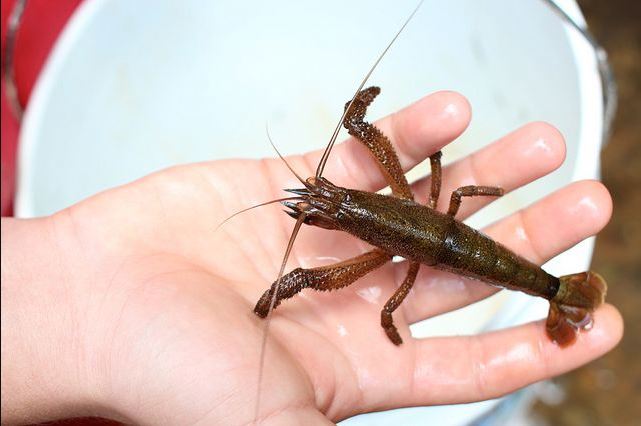Introduction
Chagaras, often referred to as the embroidery of the soul, are traditional handcrafted textiles deeply embedded in the cultural fabric of various societies. These intricate art forms serve as a medium for storytelling, cultural expression, and preservation of heritage. This article delves into the origins, techniques, cultural significance, and contemporary relevance of chagaras, highlighting their enduring legacy and modern adaptations.
Origins and Historical Background
Ancient Beginnings
The art of chagara embroidery traces its roots to ancient civilizations, where it was utilized as a medium for storytelling and a marker of social status. Archaeological findings suggest that early forms of this craft existed in regions such as the Middle East, Asia, and the Americas. These early chagaras depicted scenes from daily life, mythological tales, and religious motifs, offering insights into the spiritual and cultural lives of the people.
Evolution Over Time
As societies evolved, so did the techniques and styles of chagara embroidery. Different regions developed unique styles influenced by local materials, climate, and cultural exchanges. For instance, the delicate silk embroideries of China contrast with the vibrant, geometric patterns of Andean textiles in South America. The spread of trade and exploration during medieval and early modern periods further enriched chagaras, introducing new materials and motifs that blended with traditional elements.
Techniques and Materials
Traditional Techniques
Chagara embroidery encompasses a variety of techniques, each contributing to the distinctiveness of the finished product. Common methods include:
-
Appliqué: Sewing pieces of fabric onto a larger piece to create patterns or images.
-
Cross-Stitch: Utilizing X-shaped stitches to form a picture or design.
-
Embossed Embroidery: Adding a three-dimensional effect by padding the fabric before stitching.
-
Freehand Embroidery: Stitching directly onto the fabric without a pre-drawn design, allowing for spontaneous creativity.
Materials Used
The choice of materials is crucial in chagara embroidery, affecting the texture, durability, and appearance of the final piece. Traditionally, artisans use natural fibers like cotton, wool, silk, and linen. Threads dyed with natural pigments add color and vibrancy to the designs. In some cultures, metallic threads, beads, and sequins are incorporated to enhance the visual appeal and significance of the embroidery.
Cultural Significance
Symbolism and Meaning
Chagaras are laden with symbolism and meaning, serving as more than mere decorative art. Patterns and motifs often hold cultural, spiritual, or personal significance. For example, floral patterns may symbolize growth and fertility, while geometric shapes can represent harmony and order. In certain cultures, specific colors convey particular meanings—red for prosperity, blue for protection, and white for purity.
Rituals and Ceremonies
In many societies, chagaras play a vital role in rituals and ceremonies. Brides may wear intricately embroidered garments on their wedding day, symbolizing purity and prosperity. Embroidered cloths are often used in religious ceremonies as altar cloths or offerings, serving as mediums for blessings and prayers.
Contemporary Relevance
Chagaras in Modern Fashion
Recently, there has been a resurgence of interest in traditional crafts, including chagara embroidery, within the fashion industry. Designers are incorporating traditional embroidery techniques into contemporary clothing, accessories, and home décor. This fusion of old and new has revitalized the craft, providing economic opportunities for artisans and introducing chagaras to a broader audience.
Preservation and Revival Efforts
Despite challenges such as the decline of traditional skills and the availability of machine-made alternatives, efforts are underway to preserve and revive chagara embroidery. Cultural organizations, NGOs, and governments support artisans through training and promote fair trade practices. Digital platforms and social media have become powerful tools for sharing and promoting chagaras, connecting artisans with global markets.
Conclusion
Chagaras, the embroidery of the soul, exemplify the richness of human creativity and cultural expression. As a craft that transcends borders and generations, it holds a special place in the hearts of many. While facing modern challenges, the resilience and adaptability of chagara artisans offer hope for its continued relevance. By supporting and celebrating this traditional craft, we not only preserve a valuable cultural heritage but also enrich our lives with its beauty and meaning.
Frequently Asked Questions (FAQs)
Q1: What are chagaras?
Chagaras are traditional handcrafted textiles featuring intricate embroidery, serving as mediums for storytelling, cultural expression, and preservation of heritage.
Q2: What materials are commonly used in chagara embroidery?
Artisans typically use natural fibers such as cotton, wool, silk, and linen, with threads dyed using natural pigments. Some designs incorporate metallic threads, beads, and sequins for added visual appeal.
Q3: How are chagaras used in modern fashion?
Designers integrate traditional chagara embroidery techniques into contemporary clothing, accessories, and home décor, blending cultural heritage with modern aesthetics.
Q4: What efforts are being made to preserve chagara embroidery?
Various organizations and governments support artisans through training programs, promote fair trade practices, and utilize digital platforms to connect artisans with global markets, ensuring the craft’s sustainability.
Q5: What is the cultural significance of chagaras?
Chagaras hold deep cultural significance, with patterns and motifs symbolizing various aspects such as growth, fertility, harmony, and order. They play vital roles in rituals, ceremonies, and as markers of social status.




